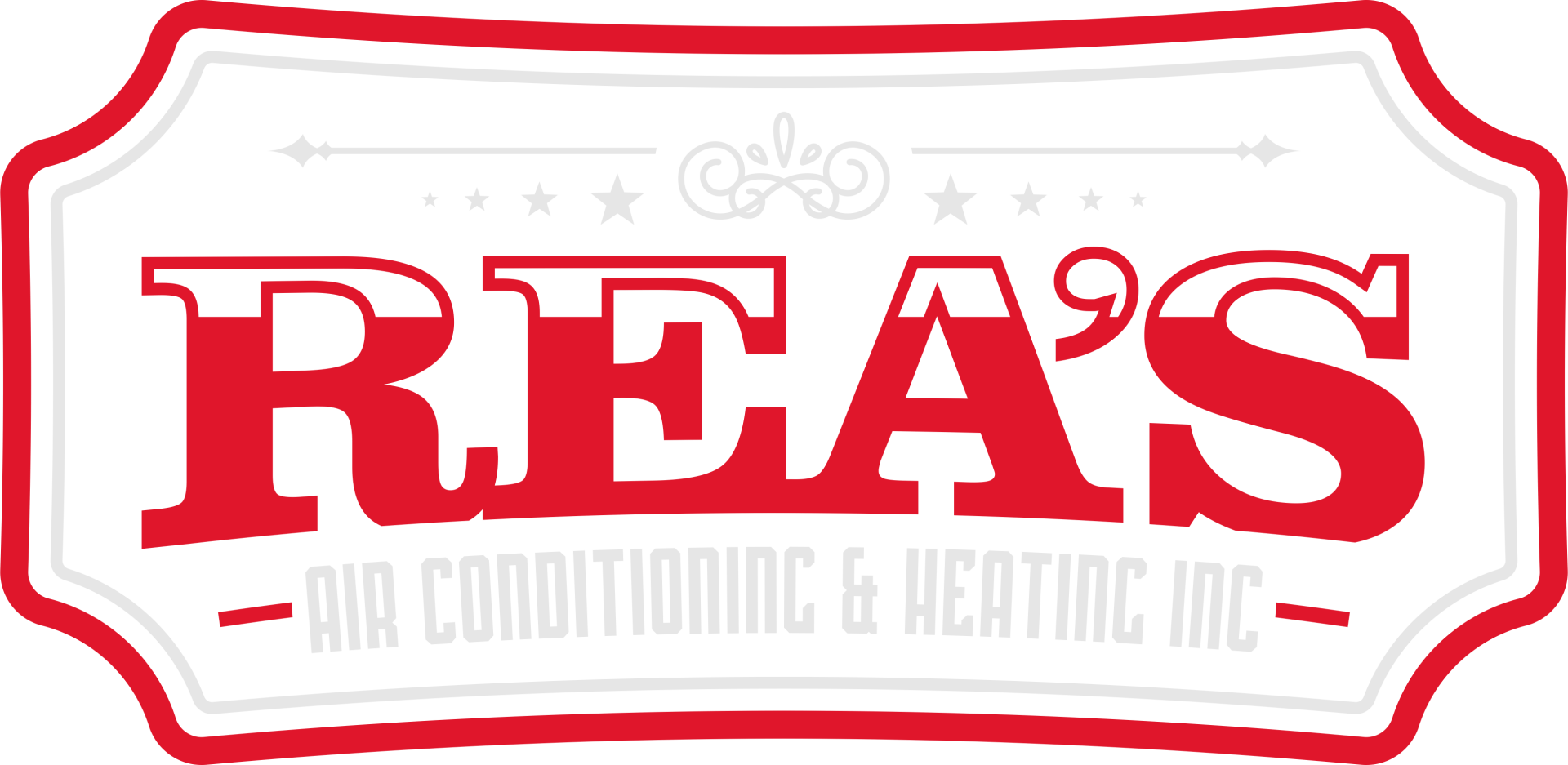Understanding SEER Ratings: A Buyer’s Guide to Energy-Efficient Air Conditioners
As the sun begins its relentless climb each summer, air conditioners shift from silent, idle boxes to the humming guardians of our indoor comfort. Yet, in the quest for cool, it's not just about selecting any air conditioner; it's about choosing one that offers the best blend of comfort, cost efficiency, and environmental responsibility. This is where SEER ratings come into play. SEER, or Seasonal Energy Efficiency Ratio, is a key metric every homeowner should understand before investing in an air conditioning system. In this buyer's guide, we'll decode what SEER ratings mean, how they impact energy consumption, and how they can lead to significant cost savings.
What is a SEER Rating?
SEER ratings measure the efficiency of air conditioners and heat pumps. Specifically, it calculates the ratio of cooling output over a typical cooling season divided by the energy consumed in watt-hours. In simpler terms, a higher SEER rating indicates a more energy-efficient machine. As of my last update in 2021, the U.S. Department of Energy mandates a minimum SEER rating of 14 for new air conditioning systems in most parts of the country, with certain warmer regions requiring a minimum of 15 SEER.
Why Do SEER Ratings Matter?
Energy Consumption
The primary significance of SEER ratings is their direct correlation to energy consumption. A higher SEER rating means an air conditioner requires less electricity to cool your home to the desired temperature. This efficiency is particularly important during the hot summer months when air conditioning systems run frequently and consume substantial energy.
Cost Savings
The efficiency of high-SEER units translates into lower electricity bills. While higher-rated SEER units typically come with a higher initial cost, they can offer significant long-term savings. Over time, the reduced monthly bills can offset the initial investment, making a high-SEER air conditioner a wise financial decision for the future.
Environmental Impact
Choosing an air conditioner with a high SEER rating also positively affects the environment. These units reduce greenhouse gas emissions and other pollutants associated with electricity production by consuming less energy. Investing in a high-SEER air conditioner is a step toward more sustainable living.
How to Choose the Right SEER Rating
When selecting an air conditioner, the right SEER rating for your home will depend on several factors, including your local climate, how often you use air conditioning and your budget.
- Local Climate: In hotter climates, where air conditioning is almost a year-round necessity, opting for a higher SEER rating (16+) unit can be more cost-effective in the long run.
- Usage: Consider how often and how long you typically run your air conditioner. Frequent use justifies investing in a unit with a higher SEER rating.
- Budget: While higher SEER units are more expensive upfront, they can provide savings on energy bills over time. Calculating the potential savings against the initial cost is essential to determine the most financially sensible option.
SEER and Savings: An Example
To illustrate, imagine two air conditioners: one with a SEER rating of 14 (the current minimum in many areas) and another with a SEER rating of 18. Upgrading to a higher SEER unit for an average-sized home could save approximately 30% on cooling costs annually. Depending on your local electricity rates and cooling needs, this could translate to substantial savings over the unit's lifespan.
Conclusion
Understanding SEER ratings is crucial for anyone in the market for a new air conditioner. While the initial cost of a high-SEER unit may be higher, the long-term savings, improved energy efficiency, and lower environmental impact make them a valuable investment for the future. As you consider your options, remember that the best SEER rating for you will balance initial costs with long-term savings, all while ensuring your home remains a cool sanctuary against the summer heat.






